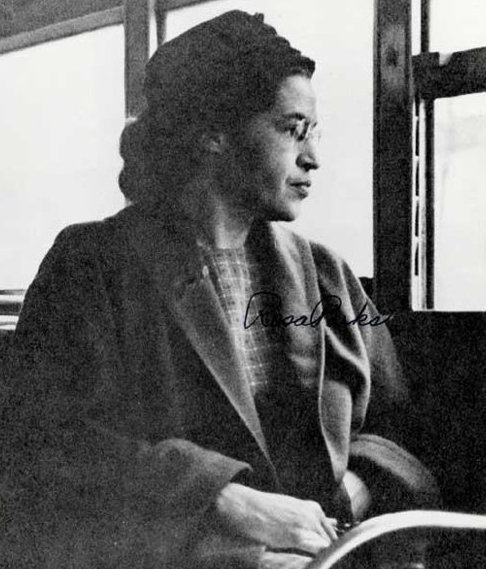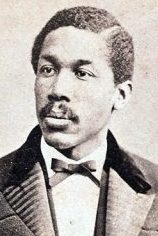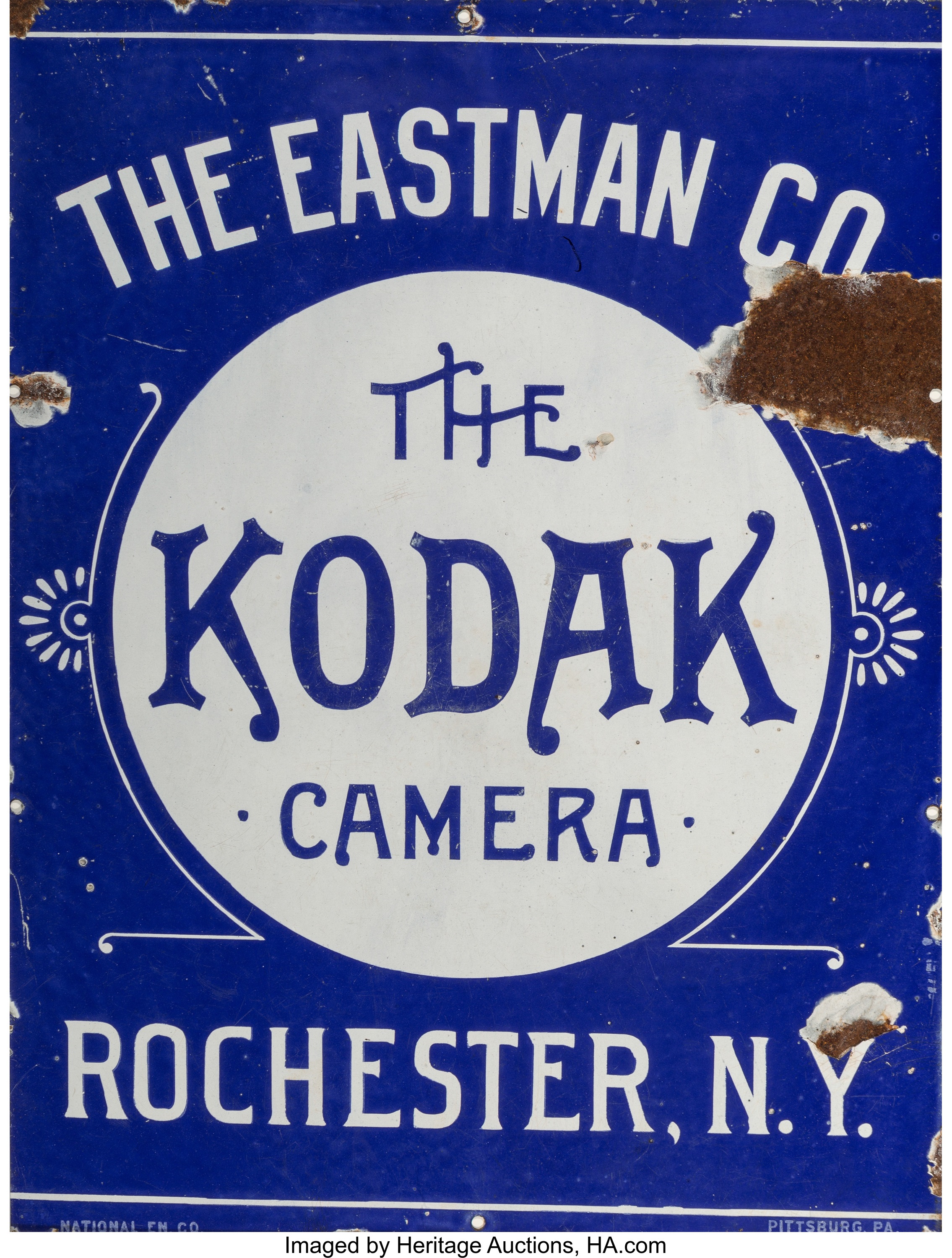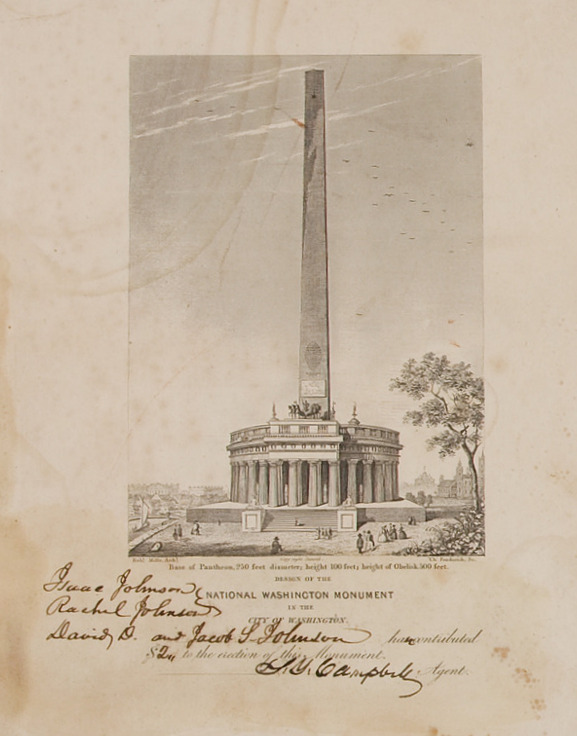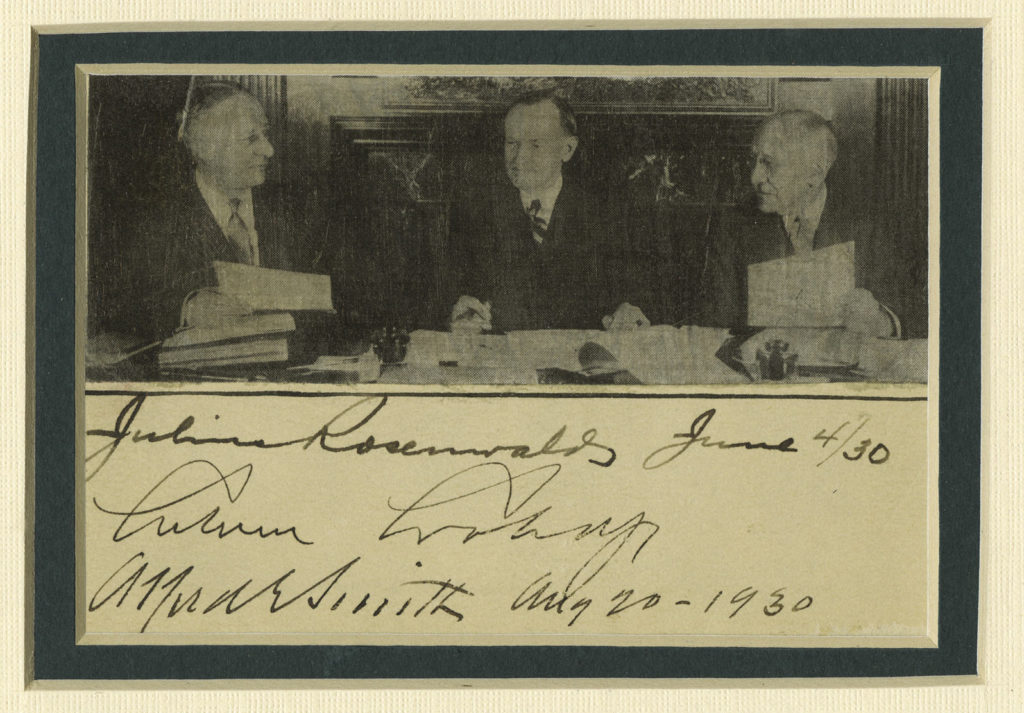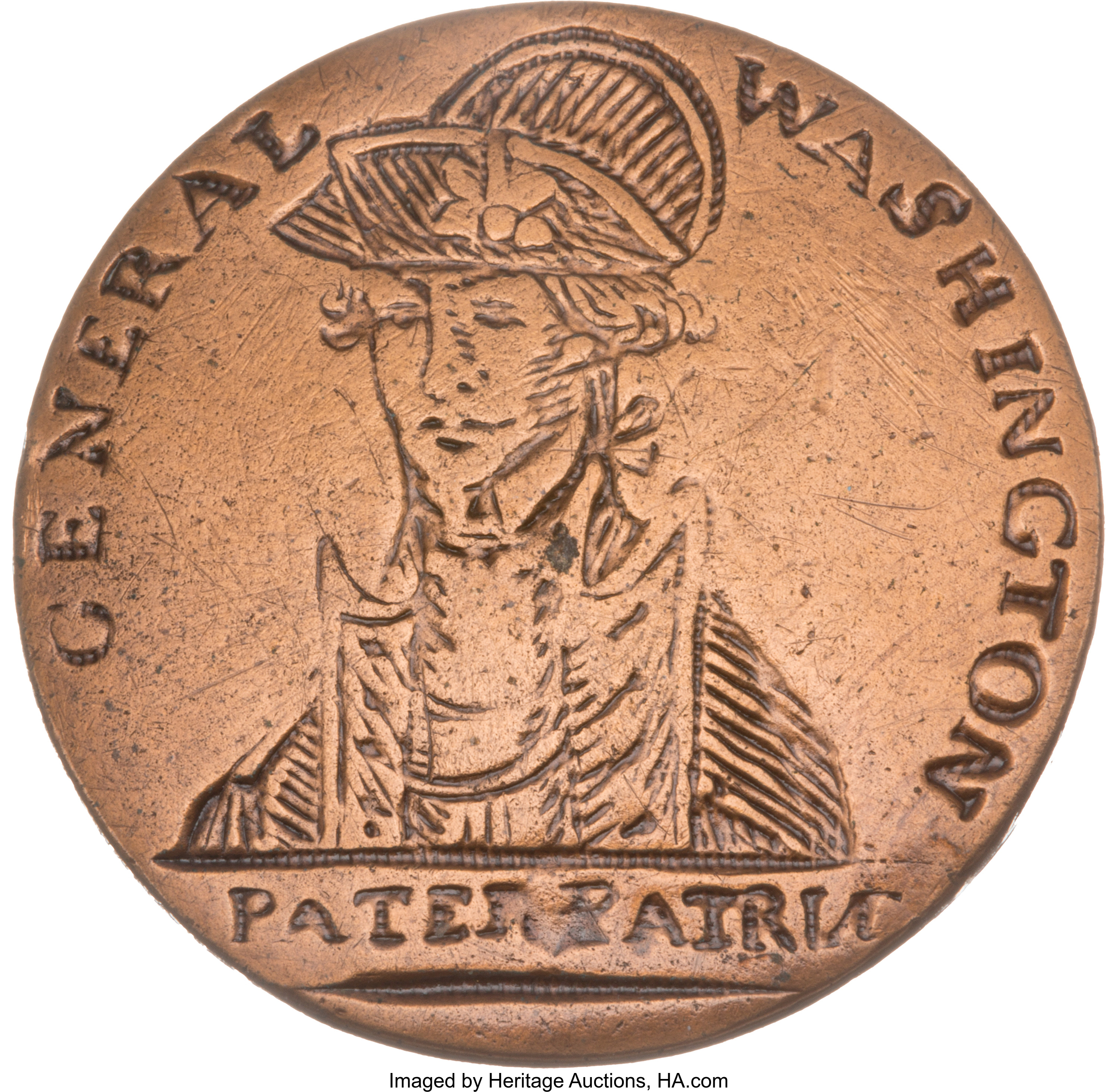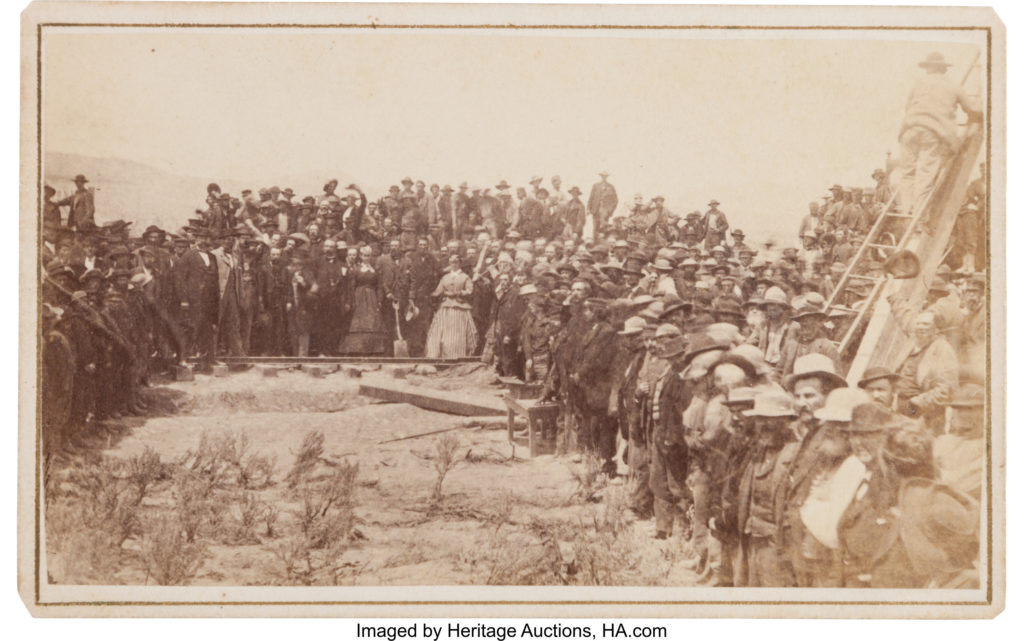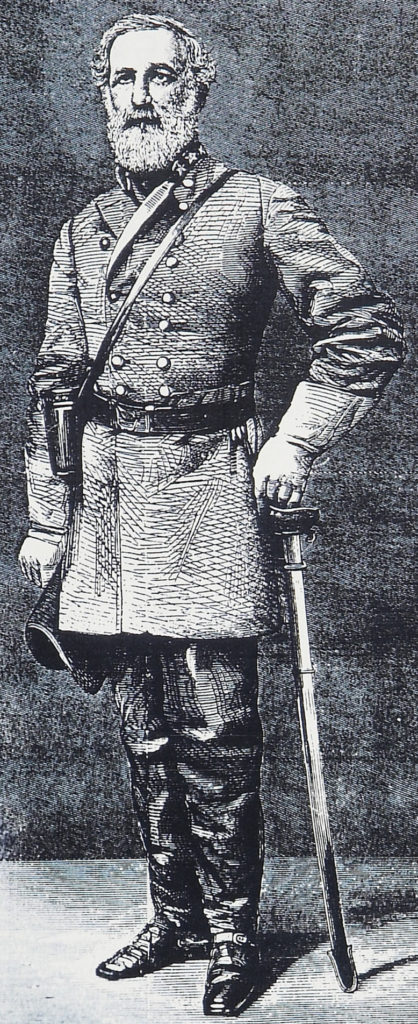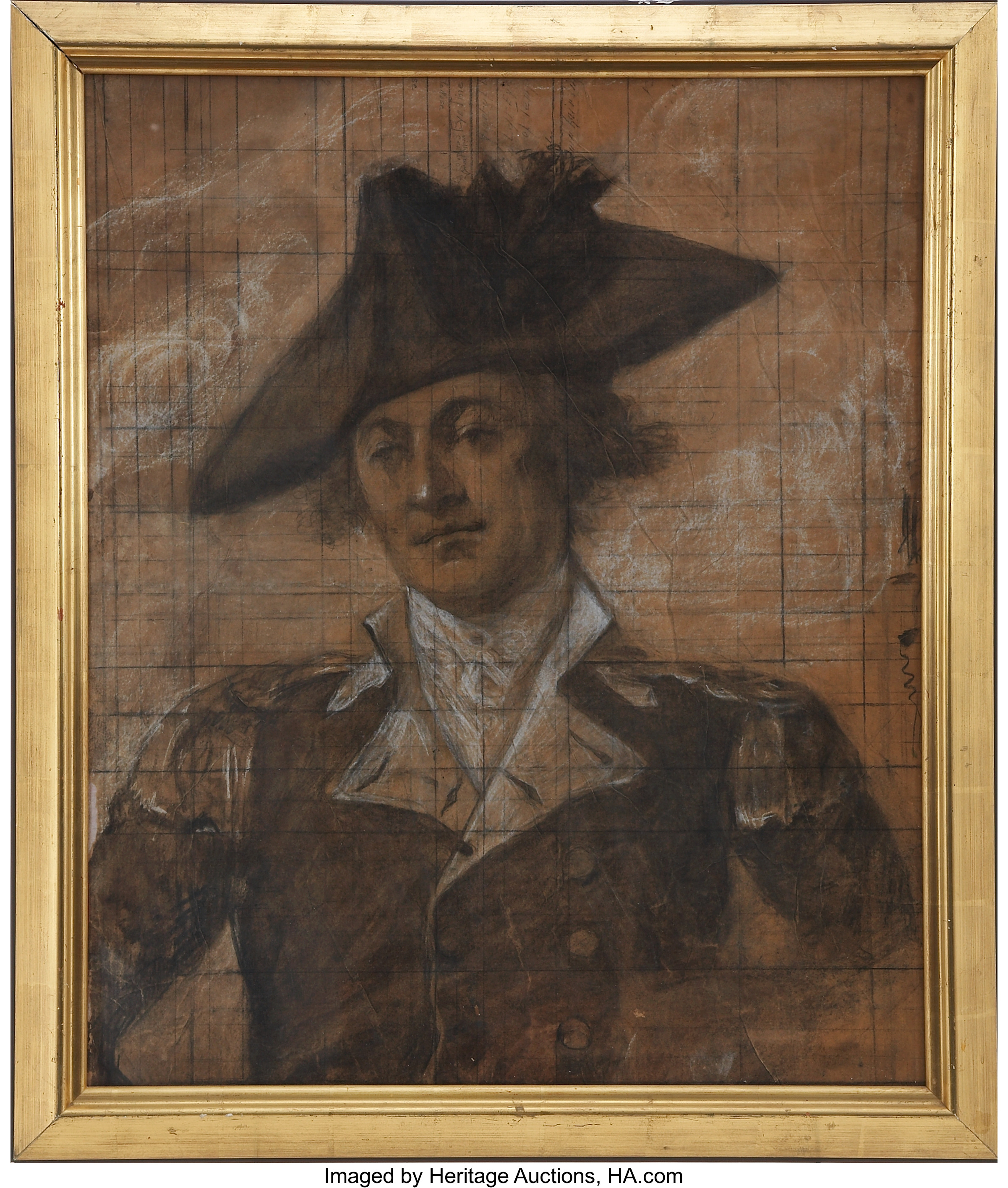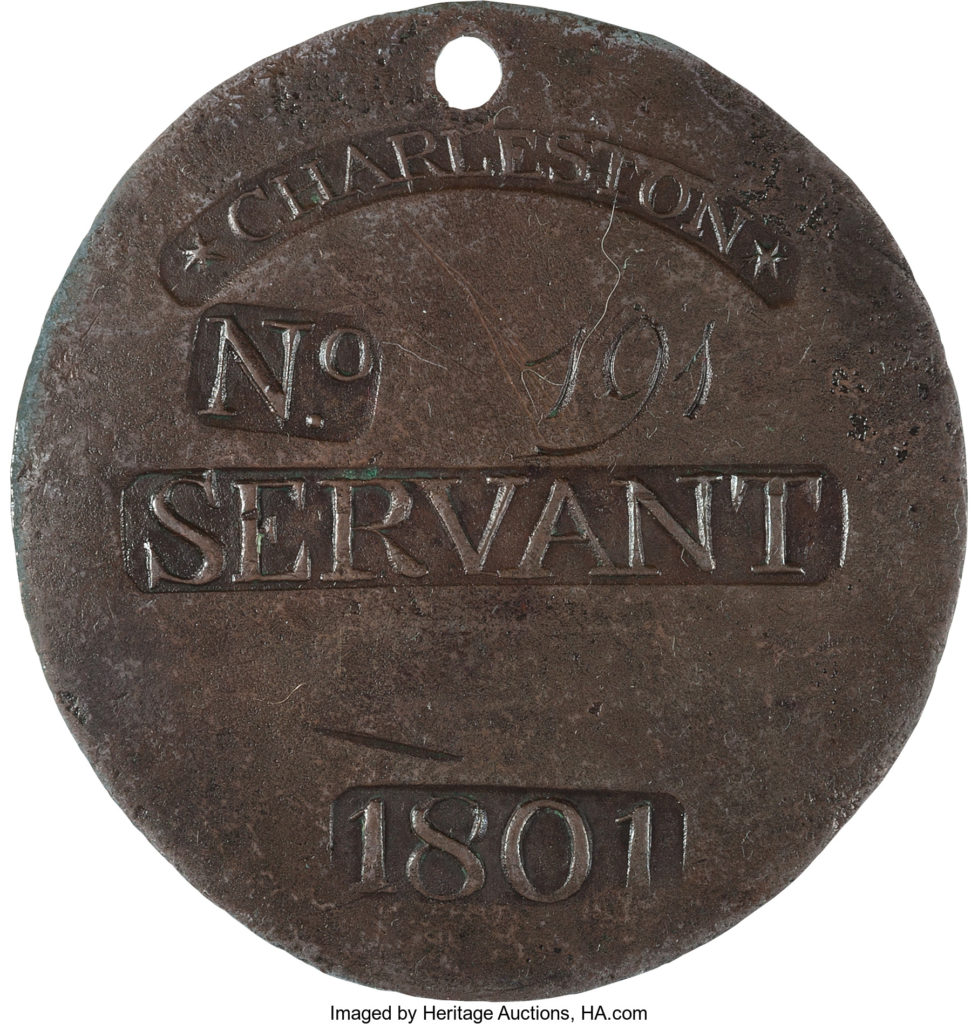
By Jim O’Neal
There have always been disagreements about the real cause(s) of the American Civil War. One major culprit – the differences between the North and South over the issue of slavery – is seen as a top reason. There are earlier academic arguments that the cause was really about differences over the dividing line between states’ rights and the authority of the federal government. Where did one authority stop or become superseded by the other?
A third reason was the simple motivation to keep our hard-won United States intact and not splinter into states that were merely loosely confederated, as opposed to “One Nation of States United.” President Lincoln added fuel to this logic when he publicly wrote, “My paramount object in this struggle is to save the Union, and is not either to save or to destroy slavery. If I could save the Union without freeing any slave I would do it, and if I could save it by freeing all the slaves I would do it.”
In his historic Emancipation Proclamation, he literally freed only the slaves in the Confederate States, the only ones he had no authority over. Slaves in the so-called border states (slave states that did not declare secession) were unaffected by the Proclamation for fear of having more states secede. Maintaining the Union triumphed over all other objectives.
But what if the Civil War was really about something else, like, say, basic democracy? Sound crazy? Well, maybe, but consider the years after the American Revolution and the framing of the Constitution when the basic tenets of democracy were highly contentious. The Founding Fathers (both Federalists and Jeffersonians) clashed constantly and ferociously over the role of ordinary citizens in a new government of “We the People.” Who were these people and what rights did they have?
Even the ratification of the Constitution was delayed since there was not a specific “Bill of Rights.” Opponents of this argued strenuously that the rights already existed, and adding a special list could call into question other rights that were not specifically included. In the end, it was necessary to compromise and include a special list that was narrowed down to the ones in our current Bill of Rights. However, somewhat ironically, they generally cover what the government could not do, rather than specific rights for individual citizens.
The triumph of Andrew Jackson in 1828 modified this role on the national level, while city Democrats, anti-Masons, fugitive slaves and other Americans worked to carve out their interests on the local level. These cumulative decisions led inexorably to the beginning of a series of regional differences. The free-labor Northern states and the slaveholding South – loosely linked by an evolving federal government – were in reality two distinct political systems with fundamentally antagonist cultures. By the time of Jackson’s second inaugural address on March 4, 1833, he felt compelled to declare, “In the domestic policy of this government, there are two objects which especially deserve the attention of the people and their representatives, and which have been and will continue to be subjects of my increasing solicitude. They are the preservation of the rights of the several states and the integrity of the Union.”
The issue that smoldered and occasionally burst into flame was that of nullification. John Calhoun made himself the leader of the movement that declared that a state had the right to decide which federal laws it wished to observe and which to reject. Calhoun and his followers also felt that a state had the right to secede from the Union. Jackson was adamant and publicly declared, “Our Federal Union, it must be preserved!” National leaders from Martin Van Buren to Henry Clay were partially successful in mitigating the ever-growing chasm between these diametrically opposing views. However, the election of Abraham Lincoln signaled an end to this delicate balance. These two almost alien cultures began to quickly unravel, as the firebrands in the South were convinced the federal government was determined to change their fundamental democratic rights and were gleeful that they could stop the encroachment.
Rebellion in the form of secession led directly to the long-predicted armed conflict. Both sides were convinced they were right and were willing to sacrifice their lives.
Flash forward to today and we see the same fissures that are likely to worsen. We’re seeing battles between the states and the federal government over highly emotionally packed issues like voting rights, immigration, travel bans, free speech, inequality, religion, health care … all seeking redress (nullification) from an overloaded Supreme Court, as a highly partisan Congress has become more impotent.
United States Democracy, Act 2?
 JIM O’NEAL is an avid collector and history buff. He is president and CEO of Frito-Lay International [retired] and earlier served as chair and CEO of PepsiCo Restaurants International [KFC Pizza Hut and Taco Bell].
JIM O’NEAL is an avid collector and history buff. He is president and CEO of Frito-Lay International [retired] and earlier served as chair and CEO of PepsiCo Restaurants International [KFC Pizza Hut and Taco Bell].

